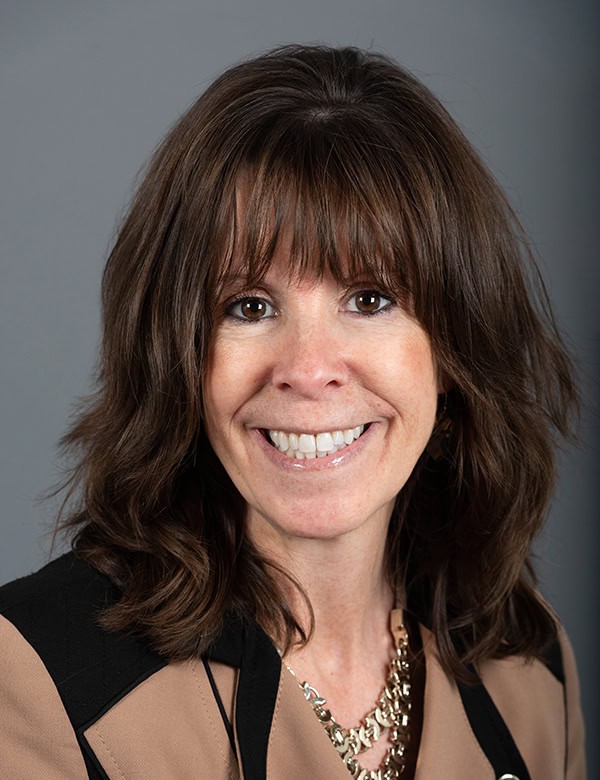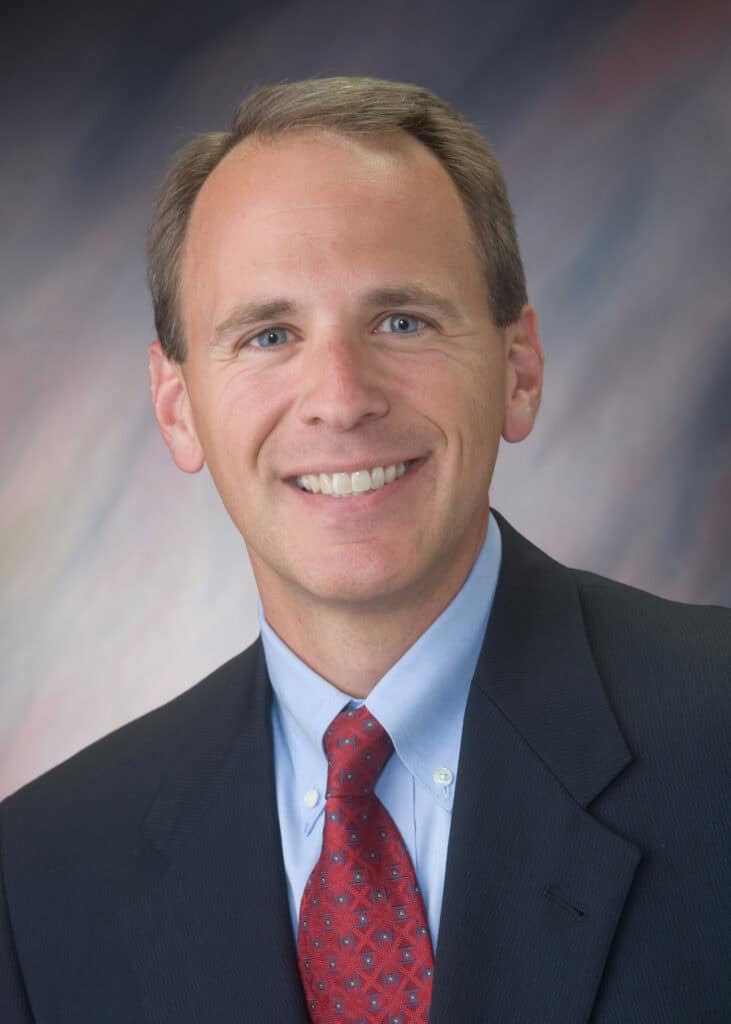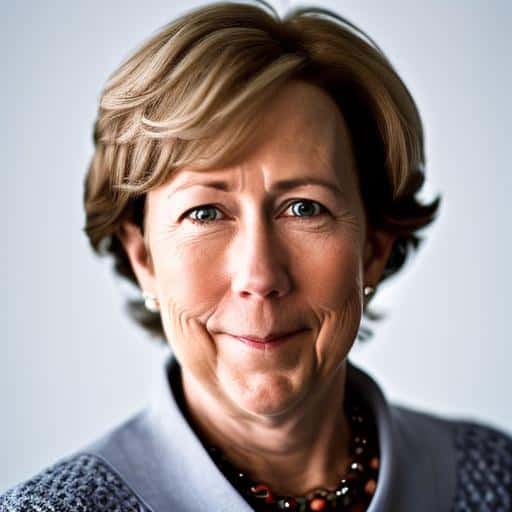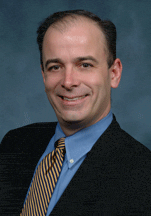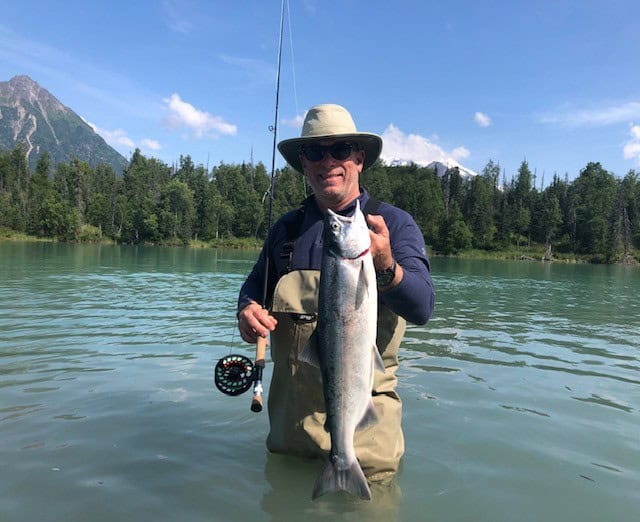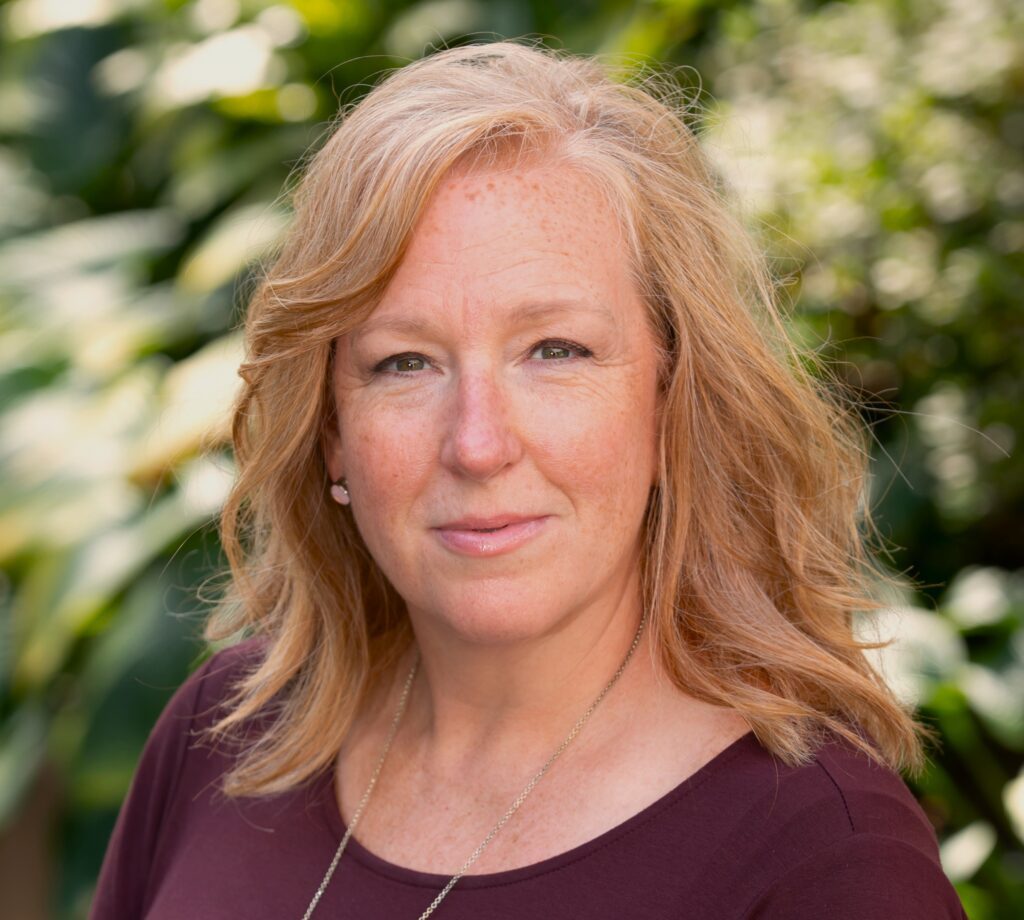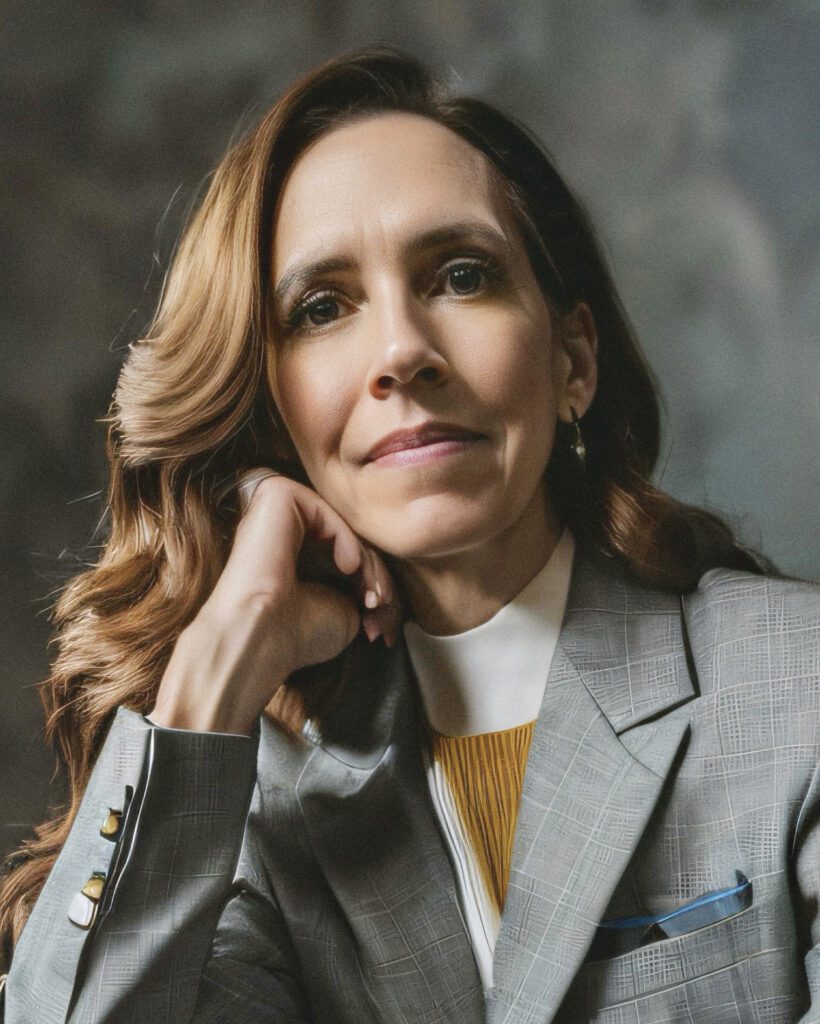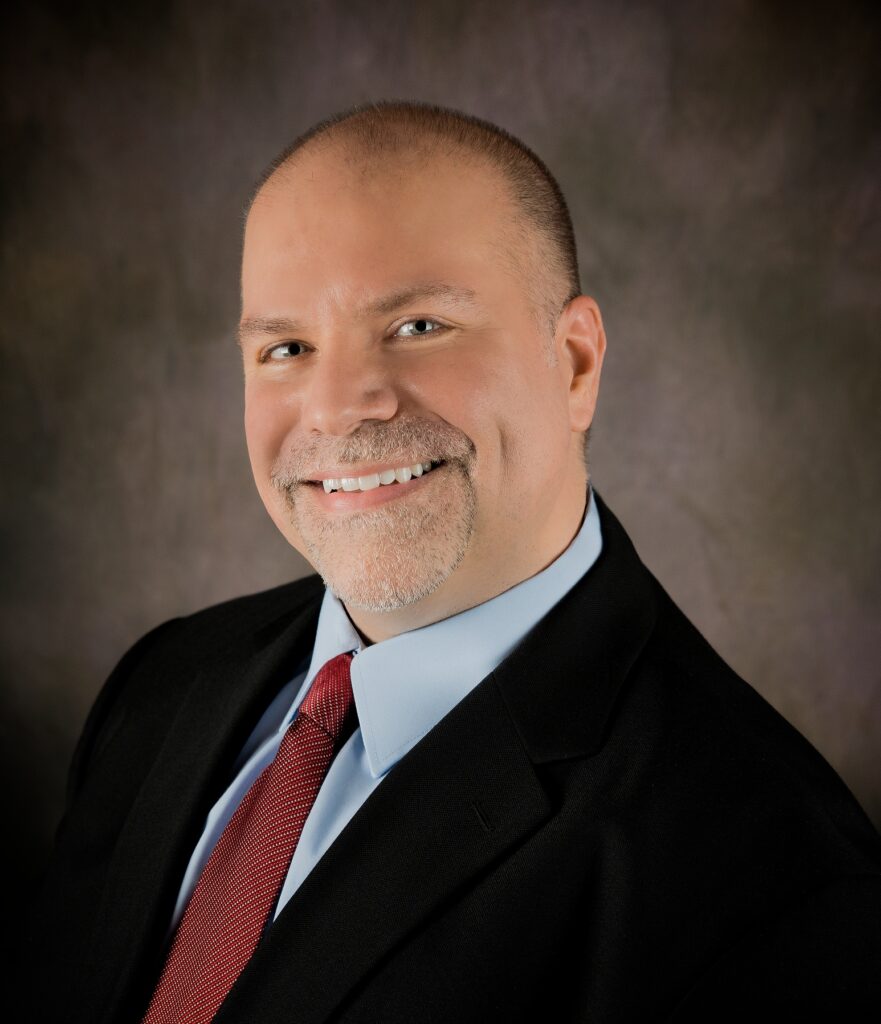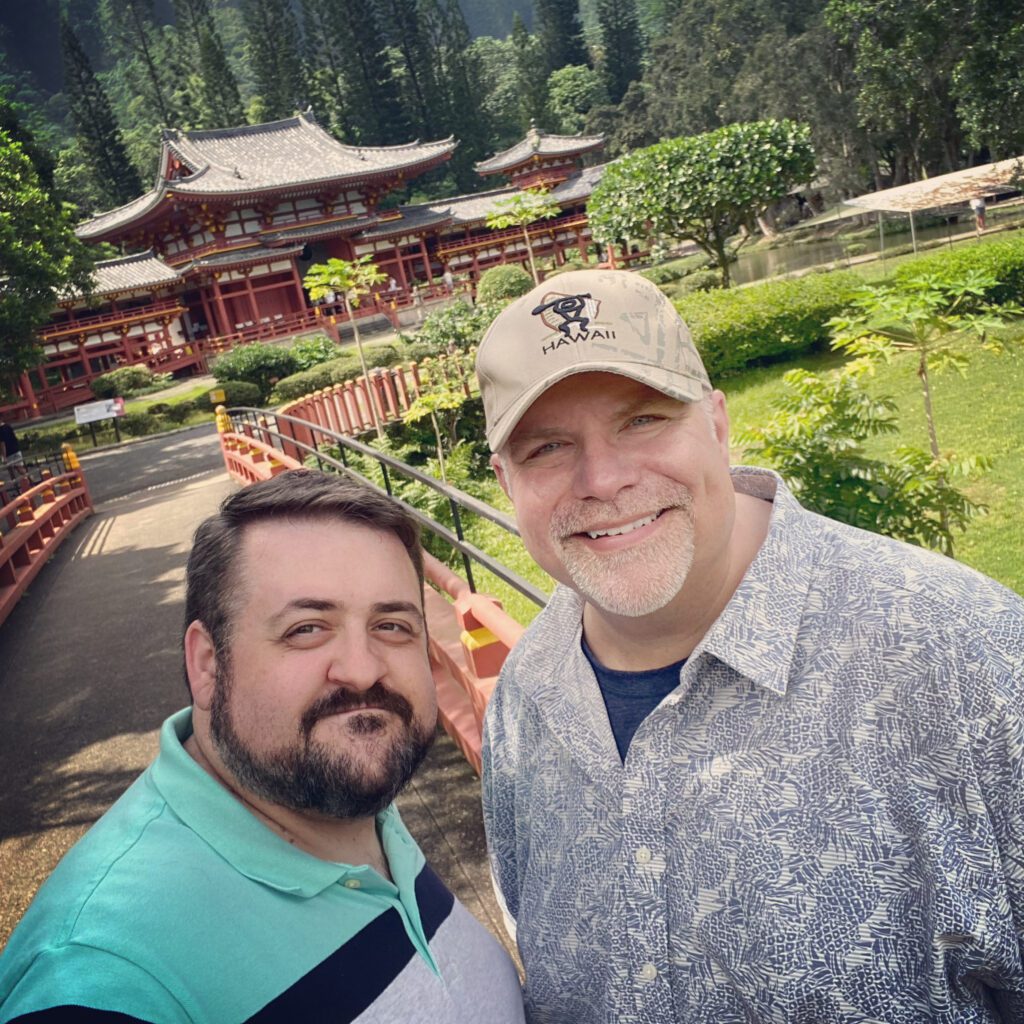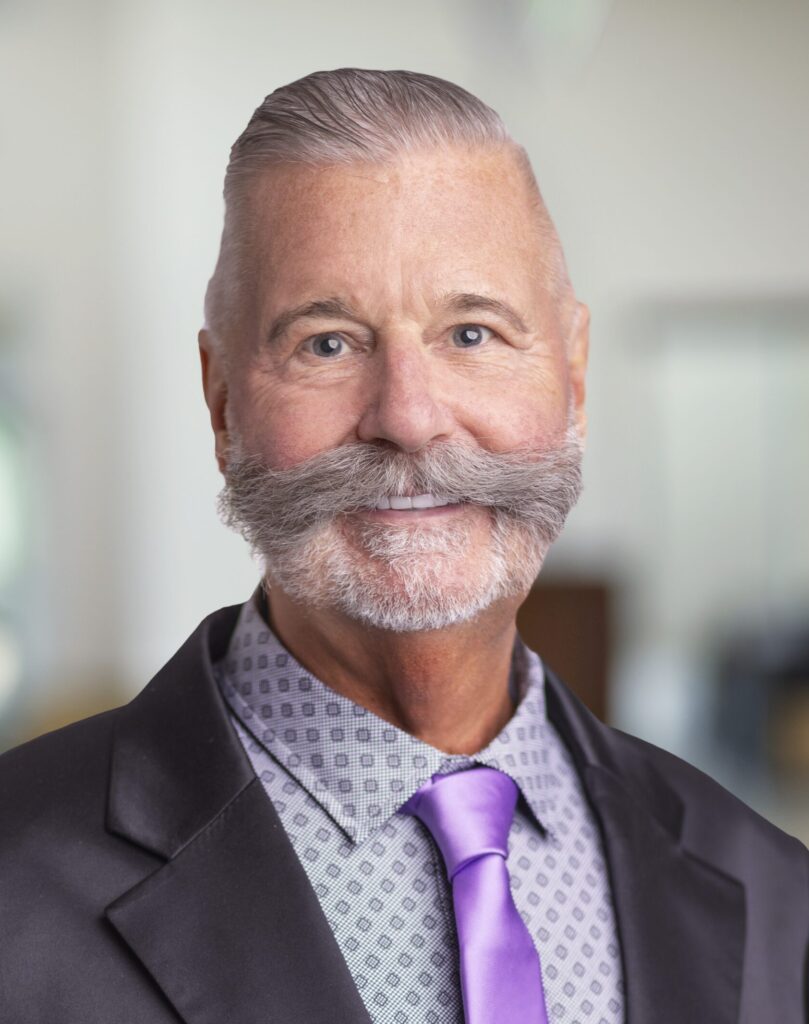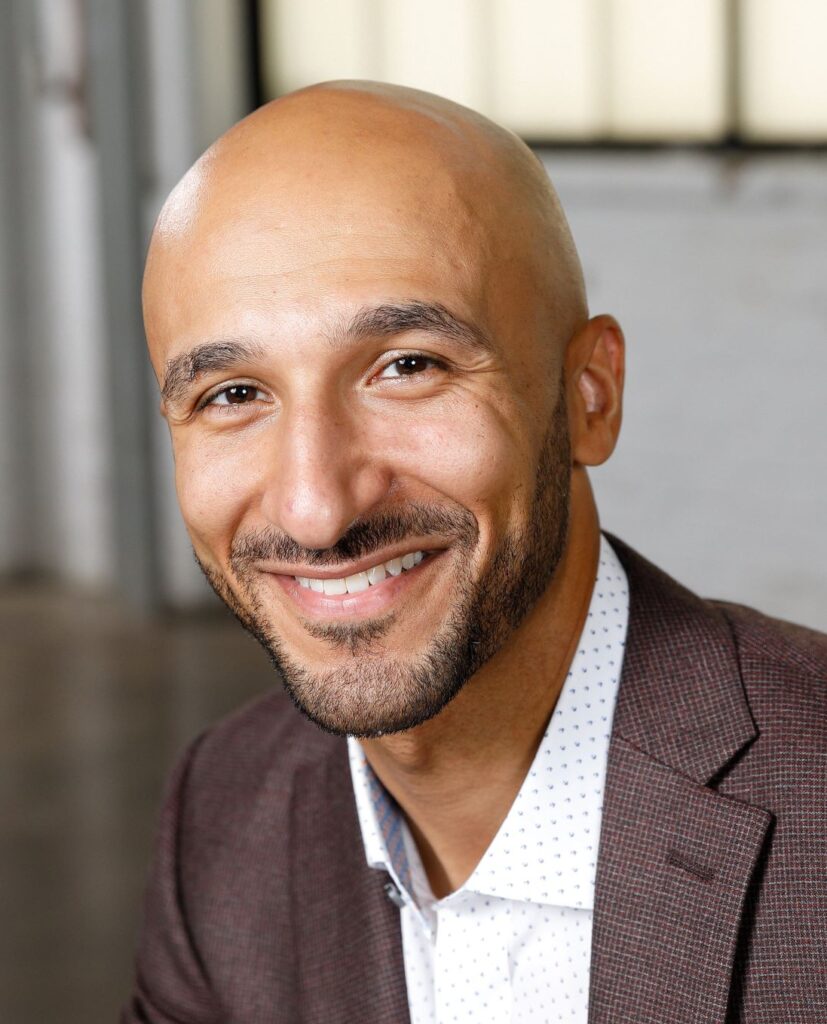In this installment of “C-suite conversations,” Judy talks with Joan Hicks, Chief Information Officer at UAB Medicine, one of the nation’s leading academic medical centers. With a career spanning decades at the forefront of healthcare IT, Joan offers candid insights into her leadership journey. From overseeing acquisitions and shaping AI governance to mentoring the next generation of technology leaders, her perspective is grounded in purpose, rich experience, and a steadfast commitment to patient care.
Located in Birmingham, UAB Medicine is one of the top academic medical centers in the United States and Alabama’s largest single-site employer. Each year, UAB Medicine provides health care services for more than 1.6 million patients.
Q & A With Joan Hicks
Judy Kirby: Joan, thank you very much for participating in our “C-suite Conversations” series. You’ve spent most of your career at UAB (University of Alabama at Birmingham) Medicine. You’re skewing the bell curve of CIO tenure. How have you achieved that type of success and longevity?
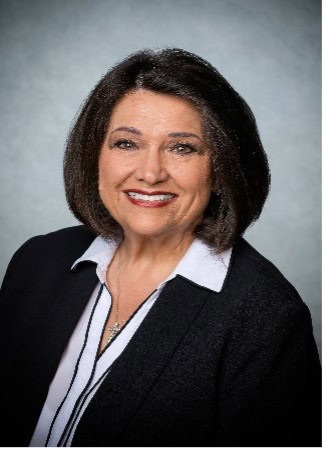
Joan Hicks: UAB and UAB Health System is home to me. I’m continually focusing on what is most important and the reasons why I am here which is number one, the patients, and number two, supporting those who care for them. The work is more than just a job or even a career, it is a commitment and a mission.
Having lived in Alabama my entire life it is particularly meaningful to work for UAB Health System. When someone you meet is aware that you work for UAB Health System, there is an immediate name recognition, and a story shared of how UAB Hospital impacted their life or the life of a family member or loved one. I share my personal stories too. It never gets old hearing the stories and this is enough for me to continue to work for the UAB Health System.
Judy: So, how did you end up choosing technology and health care as your career?
Joan: My mother was a nurse, and she very much wanted one of her five children to select healthcare, preferably nursing as a career. I was the fourth child, and my three older siblings chose non-healthcare professional fields. Not giving up on her desire for one of her children to select healthcare as a career, she introduced me to medical record technology as an option.
In the late 1970’s, all clinical documentation was paper-based. I began working while I was in college at the local community hospital, Cullman Medical Center (CMC), and was promoted to the director of the department at age 21. It was a great experience and with all paper-based documentation, there were many opportunities to adopt standalone applications. My first significant IT project was automating the Master Patient Index, which meant entering all the demographic data, medical record numbers, dates of admissions and discharges, admitting physicians, and service codes for all the patients who had been patients in the hospital.
I was involved in the first IT project with automating payroll, electronic claims submission, and all the quality reviews, and generating reports of the results of the reviews. I used this program to compile information about our incidents for risk management. I assisted in the writing code and testing of the first DRG grouper for the hospital. This was in the early 1980’s which was very advanced for that time.
Judy: How did you end up at UAB?
I graduated from UAB and was on faculty in the Health Information Management (HIM) program. While I was teaching, I had the opportunity to be a member of the inaugural graduating class of the Health Informatics program.
One of the reasons that I left my position at CMC, was not only to teach in the HIM program, but additionally to complete the master’s program in health informatics. This program was one of the first to prepare students to become a CIO in Healthcare.
Following my seven years of teaching, I consulted and worked at the Children’s of Alabama before returning to UAB Health System in HSIS. I was recruited by Dr. Mike Waldrum, who was the Medical Director for IT. Dr. Waldrum and a group of developers were building a repository for all the transcribed notes from all the clinic visits in the Kirklin Clinic and viewed via a web browser.
Judy: I talk with some CIOs who are concerned about the division of technology within the organization. Some have data, some have AI, some have cybersecurity, some have analytics, some are called a CIO, some are called a CDIO. What areas fall under your leadership, and which don’t?
Joan: Within HSIS, we are responsible for all clinical and financial applications, the infrastructure, network, servers, storage, data centers, phone system, clinical communications, desktop support, help desk, information security, PCI compliance, privacy, data analytics, and the Enterprise Data Warehouse which supports clinical and clinical research. We have CMIO/ACMIOs, clinical informatics, project management teams, and we have a small, very skilled AI team.
In our organization, these information intensive areas and IT are aligning more closely within HSIS. This is being driven by our COO for the health system to whom I report.
Judy: Interesting. Was he a CIO before?
Joan: Not a CIO, but he was an IT leader.
Judy: Some organizations are reluctant to have so much under IT.
Joan: I think it’s economies of scale. Executive leadership recognizes that distributed IT is more costly. I believe the case is made for centralization by the positive financial impact of bringing all the information intensive areas together. When HSIS is compared to industry benchmarks, two studies were done within the last 18 months, our number of FTEs was well below the average for organizations like our size.
Judy: How do you see the CIO role evolving over the next three to five years? What do you see as some new responsibilities, and new job qualifications?
Joan: The CIO scope is increasing with the mergers, acquisitions, and smaller healthcare organizations seeking assistance for larger organizations specifically in the support of the EHR and information security.
New responsibilities include implementing and supporting AI-driven technology adoption and assuring ethical use of AI including governance and training. CIOs will need to plan and prepare the staff for the rapidly changing environment and the ‘softer’ side of IT that’s less technical focused but more customer service oriented, and possess critical thinking skills like asking ‘why’.
Judy: What has made you successful with acquisitions and getting two IT teams integrated?
Joan: As a university hospital, we need to continue branching out and growing. We need the beds. So, I was absolutely thrilled when I was brought into the discussion about acquiring Ascension St. Vincent’s. When we go out and visit those hospitals and meet with the staff, they are so glad to see us, so welcoming. It is pure joy for me and I feel that, in some ways, I’m ending my career where I started it. It’s good for the state of Alabama, it’s good for our patients, and it’s good for UAB.
Judy: Are there any lessons you have learned from merging the IT teams?
Joan: HSIS was the first UAB Health System department when the Kirklin Clinic IT staff and University Hospital IT staff merged. We were still in the development phase of an integrated IT staff when I joined HSIS. HSIS provides IT services for several of our affiliates and those relationships have helped us prepare for the current acquisition. From an IT staff perspective, we have worked well with our new IT partners. I want to make certain the staff within the organizations feel supported and know us. HSIS leaders have visited the Hospitals and Clinics, being on-site during the first phase of the transition 24/7 until all issues were resolved. Being present means when you say ‘we’ it is all of us.
Judy: Looking back on your own journey, what career advice do you have for rising technology professionals interested in becoming a CIO one day?
Joan: Serving as a CIO has been one of the most humbling experiences in my life. I am so dependent on the leaders and staff in HSIS. Accept that you can’t be an expert in all areas in healthcare IT and surround yourself with those who have skills you don’t possess. Listen and be patient.
There are times as a CIO that you must make the final and often very difficult decisions and be willing to do so. Being a servant leader doesn’t equate to being weak but rather displaying strength.
Judy: How is AI impacting UAB Medicine’s strategy? And can you talk a little about AI governance?
Joan: AI is having an impact on all organizations. There is tremendous excitement and readiness to adopt. As CIO, I too am enthusiastic about the difference AI can make in the practice of medicine and healthcare. The great opportunity of AI brings the need to build an effective AI governance program rapidly enough to protect the organization without stifling adoption. Balancing the need/desire to move with the market and implementing necessary protocols to retain the security of the patient information can be a challenge. We have partnered with the university to develop a governance program that has been successful in maintaining the balance.
Another component of our governance is the reviewing of contracts which includes those with utilizing AI solutions and thoroughly vetting the security of the system.
We have hired an AI expert and biomedical engineer with AI experience to address several opportunities for improvement utilizing AI. One example is the sorting and preparing responses for the patient portal. This project is still underway but significant progress has been made with the sorting and providing responses for those where a simple response is all that is required.
Judy: So if you hadn’t moved into IT, what other career do you think you were cut out for?
Joan: Law. I would have been a lawyer. I have always been intrigued by the legal system. I had the opportunity to focus on healthcare law when I was the risk manager at CMC. I worked closely with our external legal counsel. As a small facility at that time, they didn’t have full-time legal counsel, and the attorneys were not well versed in healthcare law. I was fortunate to have the opportunity to be actively involved in the research and preparation for several legal cases.
Judy: What are some things you like to do with your spare time, when you have it?
Joan: Currently there is very little spare time with the two very large projects that are underway. When I am not working, I spend as much time as possible with my family. I have three wonderful grandchildren who keep me busy. We enjoy spending time on the lake on the weekends with the kids. There is nothing more relaxing than taking a ride in the boat or having coffee on the deck.
